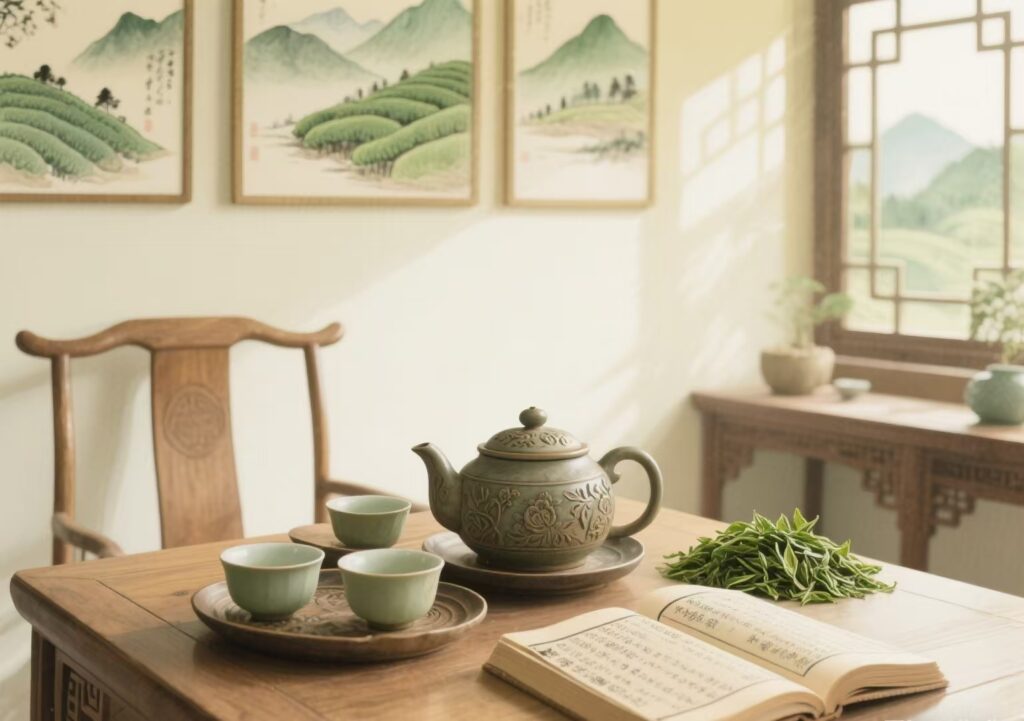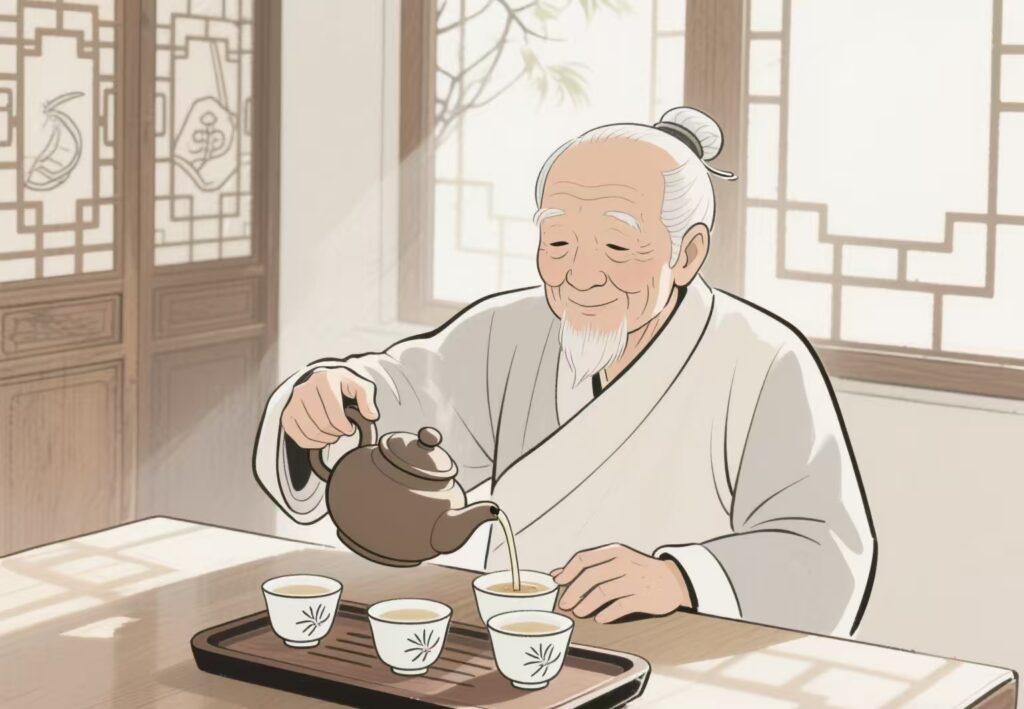Tea Art-Tea Ceremony-Tea Culture
- Tea Art
Tea art is a kind of culture and art of life. It is a feast for both vision and taste.
It focuses on the art of tea brewing and tea tasting, such as the brewing water temperature, brewing time, and tea set selection for different teas.
Tea art originated in the Tang Dynasty, developed in the Song Dynasty, reformed in the Ming Dynasty, and flourished in the Qing Dynasty. It has a long history and a system of its own. Tea art includes a set of skills of preparing utensils, selecting water, making fire, selecting tea, waiting for the tea to brew, and learning tea;
- Tea Culture
Tea culture refers to the cultural characteristics formed in the process of tea drinking, including tea ceremony, tea morality, tea spirit, tea couplets, tea books, tea sets, tea recipes, tea poems, tea paintings, tea studies, tea stories, tea art, etc.
The origin of tea culture is China, the hometown of tea. From Shennong tasting hundreds of herbs to discover tea, to the literati and scholars in the Tang and Song dynasties making friends over tea and reciting poems, tea has long been deeply rooted in the land of China. - Tea Ceremony
The tea ceremony is the way to appreciate the beauty of tea, with the purpose of practicing and attaining enlightenment. The spirit of the tea ceremony is the core of tea culture. It emphasizes self-cultivation and understanding of life principles through tea tasting. It is a spiritual pursuit with certain philosophical connotations.
The tea ceremony includes four factors: tea art, tea etiquette, tea environment, and cultivation.
Representative figures include: Lu Yu and Lu Tong of the Tang Dynasty.
The tea ceremony culture originated in China and was introduced to Japan during the Southern Song Dynasty, from which the Japanese tea ceremony was derived. Japan’s Sencha tea ceremony and Taiwan’s tea ceremony both originated from Chaozhou’s Gongfu tea.
The purpose of tea art is to brew good tea and present beauty
It allows people to appreciate the beauty of the tea brewing process and taste delicious tea soup. Its purpose is to best display the color, aroma and taste of tea, while giving people visual and taste enjoyment.

The purpose of tea ceremony is spiritual connotation and self-improvement
Through tea tasting, people can comprehend life, cultivate their body and mind, and other spiritual realms. Tea ceremony is more like a spiritual guide. People pursue spiritual tranquility and spiritual growth in tea ceremony activities.
The purpose of tea culture is inheritance and research
Tea culture focuses on the integration of knowledge system and cultural phenomena, including all content related to tea. It is a huge knowledge and cultural system. It studies both the material production process of tea and the various cultural phenomena produced by tea in the fields of society, history, and literature.
For example, through the study of ancient tea literature, we can understand the ancient people’s tea drinking habits and the status of tea in ancient society; explore tea culture from a historical perspective, such as the Ancient Tea-Horse Road; study tea culture from the perspective of social customs, such as the Mongolian milk tea culture and the Kung Fu tea culture in the Chaoshan area.

